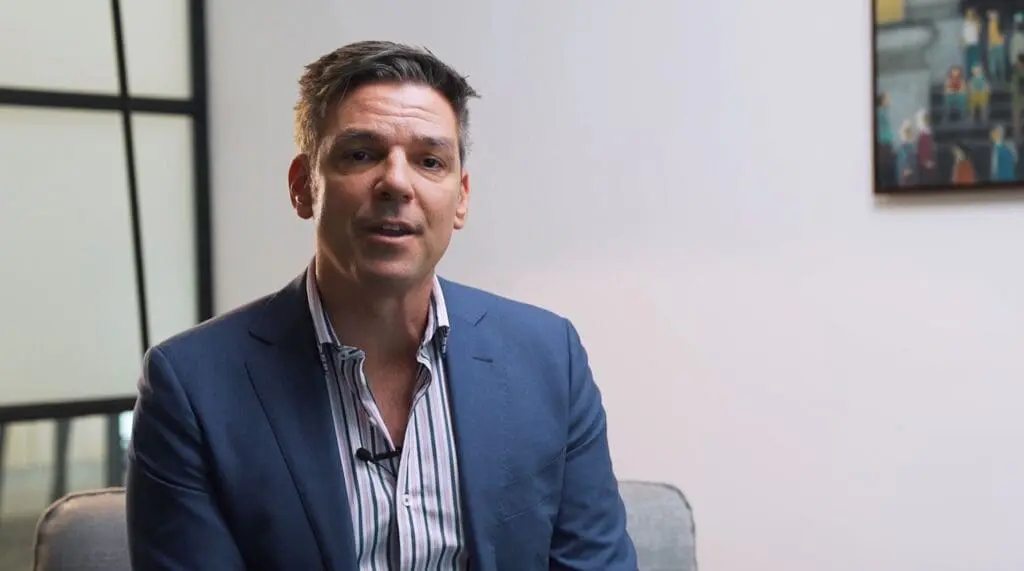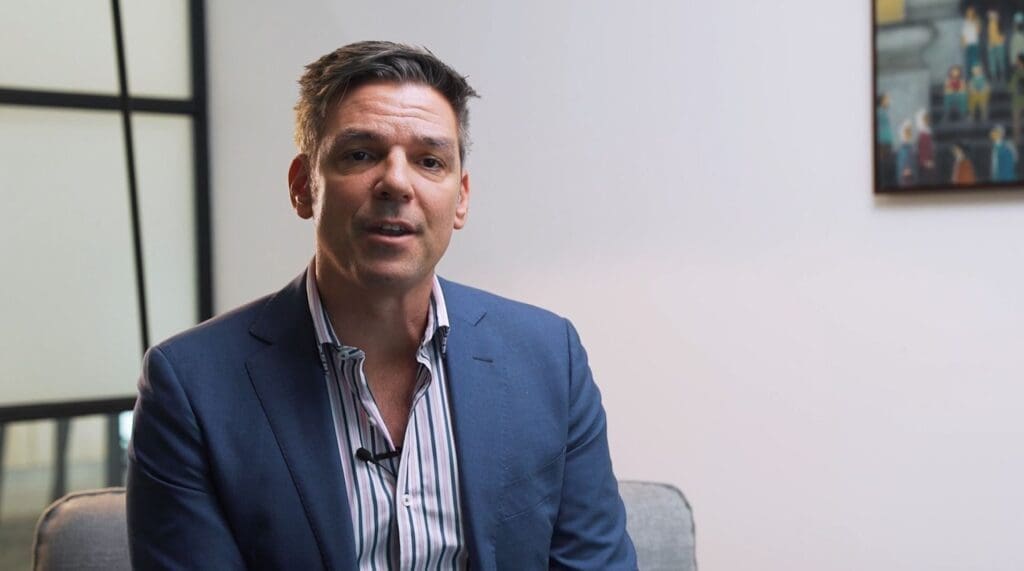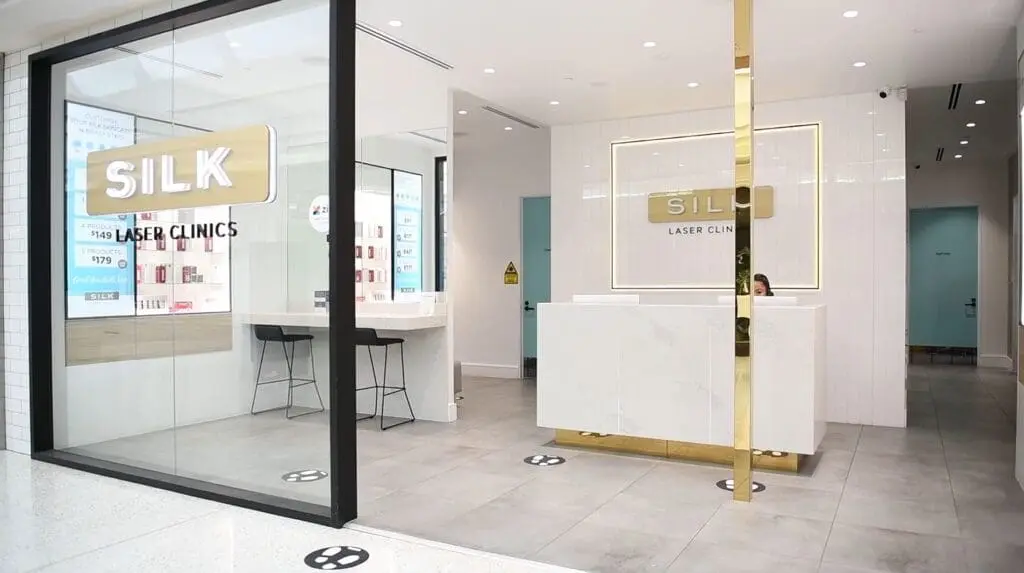May 2022 – Symon Vegter
Much has been written and said about the challenges and issues that boards, shareholders and management teams working together face when growing an organisation. We believe that private equity has solved many of these problems with our “alignment stack” which we have broken down below.
- Cultural Alignment
It can be difficult to work with people who don’t have the same set of shared values, which is usually exacerbated when a business hits choppy waters. This is why we spend a lot of time upfront to assess if we have the same values from which a strong working relationship with founders and management teams can be built upon. If we believe that this is not possible, we will pass on the opportunity regardless of the upside.
- Strategic Alignment
A growing company can come unstuck if shareholders do not have a common vision and strategy for the future. During due diligence, we listen to the vision and strategy presented by the founders and their team. We review it, test it and may refine or improve upon it. The findings of what we have heard and found is then presented back to the founder and their team for agreement. This ensures that at the completion of the transaction, the vision and strategy for our investment period has been agreed upon and is ready for execution. The process is then repeated on a yearly basis to update for new information.
- Board Alignment
The members of the board are among the most important people you will “hire” for the company. The best board members will play key roles in:
- Company strategy;
- Sourcing, retaining and mentoring the CEO, and holding them accountable for growth, plans, and deliverables;
- Sourcing and hiring senior executives or key hires;
- Capital markets – mergers & acquisitions, debt or equity financing or IPOs; and
- Governance.
In a private equity deal, members from the private equity firm will join the board. It is therefore very important you select your firm wisely and know these individuals are (i.e. refer to cultural alignment and strategic alignment above). At Advent, two senior partners, who would have been engaging with the founder from the beginning and throughout the due diligence process, will join the board. They may be supported by an independent board member who will typically be a past founder or business operator with relevant business building experience, functional experience or industry experience.
- Shareholder Alignment
A company is an agreement by a group of shareholders to risk capital to build a sustainable enterprise together, and achieve a vision. Initially, at the inception of the business, the shareholders may be the founder or a group of founders, and thus shareholder alignment is pretty simple and may only involve a discussion around a kitchen table. However, as the business grows and external parties are brought in to assist, and therefore requiring existing shareholders to give up a material stake of the company, it is important that these individuals are people that the existing shareholders believe they can partner well with. At Advent, we understand that it is a big decision to give up control to a new shareholder, and we are respectful of this journey. We encourage founders to reference check us by speaking to founders who we have partnered with previously and do their due diligence to validate that our actions match our words.
- Stakeholder Alignment
In recent years, ESG has come to the fore in force. Companies must ensure they achieve their vision and build their organisations without adverse impacts on the environment, the people involved in the business (i.e. employees, suppliers etc) and their communities.
- Incentive Alignment
Last but not least, and possibly the most important section of the alignment stack, the right incentives drive the right behaviours which drive the right outcomes. Under a private equity model, founders and management are generally also shareholders, or have generous equity plans linked to the performance of the company and its returns. This personal capital is typically tied up for 3-5 years and only released on sale or IPO. They can win handsomely if the company achieves its strategy or may lose real cash or value if it does not. The same applies to the private equity firm, but it must do this across a portfolio of 8-10 companies in a fund for up to 10 years. We are only paid on actual cash returns to investors over an agreed return hurdle. If the fund performs to expectations, then the investors (superannuation or pension funds, endowments, family offices or high net worth individuals) will achieve returns for their members, pensions, students or organisations. In addition, the key members of the firm will have substantial personal capital invested in the fund. This ensures that all involved in the investment – company, employees, the private equity fund, and the fund investors, are all on the same page and working towards the same goal i.e. to see the company succeed.
The alignment stack is not a set and forget exercise – we are constantly working with our founders, teams and shareholders to keep the stack well balanced. This takes time, energy and resource, however, while it might be challenging, we think that it is the most enjoyable part of our jobs. What are your thoughts on the stack? Are we missing anything?
If you are a founder who is considering taking on external investment and is interested in learning more about how Advent partners with founders, or speaking to some of our founders about their partnership experiences with Advent, please reach out to us at enquiry@advent.com.au and we’d be happy to arrange a call / meeting.

















